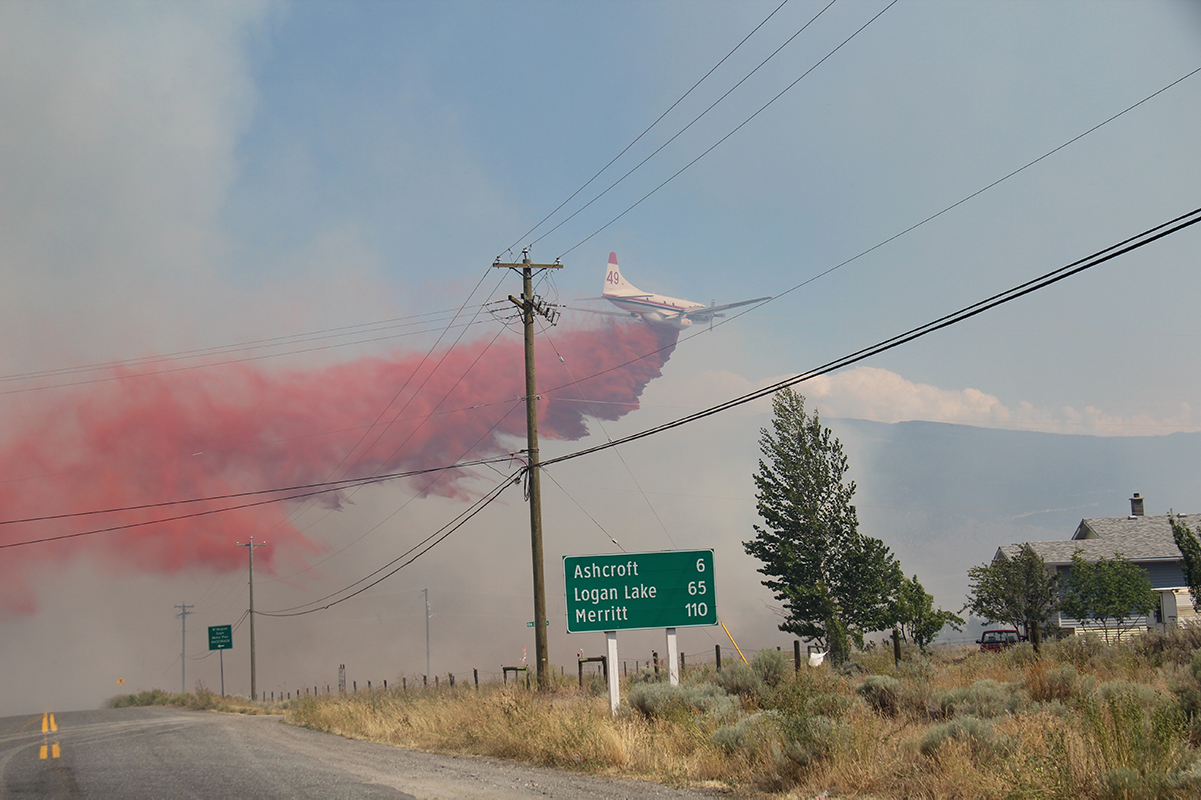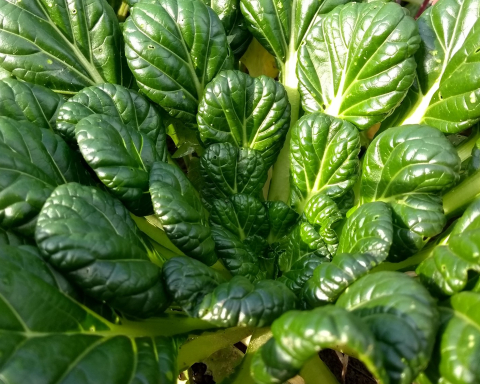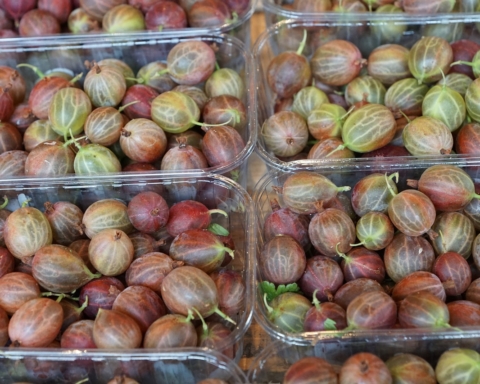BC Agriculture & Food Climate Action Initiative
The impacts of climate change include hotter and drier summers, which means that wildfires are expected to become more frequent and intense. But ranchers can take steps to prepare for an emergency wildfire event and reduce risks to their operation.
The following actions are extracted from the Workbook: Wildfire Preparedness and Mitigation Plan and the Guide to Completing the Workbook, resources that were developed as part of the Regional Adaptation Program delivered by the BC Agriculture & Food Climate Action Initiative (CAI).
Funding to develop the Guide and Workbook was provided in part by the Governments of Canada and British Columbia through the Canadian Agricultural Partnership as part of the Regional Adaptation Program.
1. Complete your farm/ranch wildfire preparedness plan
Go to BCAgClimateAction.ca/wildfire and download the Workbook and the Guide.
The Workbook is available as fillable PDF so you can save and edit your plan as needed. The Guide walks you through detailed action planning for before, during and after a wildfire.
2. Prepare an agriculture operation map
Guide p. 8-14
Maps are an essential step for wildfire preparedness, response and recovery and are especially useful for engaging with emergency services personnel.
3. Create a livestock inventory and prepare/plan for livestock protection
Workbook p. 7-8 and 16-21
Start by developing an inventory of your livestock, including types and numbers and their expected locations during fire season. Then review the list of options for protecting livestock and make necessary arrangements.
4. Reduce combustible materials and use fire-resistant materials on your property
Guide p. 16-18
Sparks and ember showers can travel 2 kilometres ahead of a wildfire, and radiant heat can ignite combustible/flammable materials, such as fuel storage, within 10 metres.
To help mitigate these threats, remove combustible vegetation and materials surrounding agricultural operation structures. Consider using fire-resistant building materials, such as metal siding or asphalt roofs.
See the FireSmart Homeowner’s Manual for details.
5. Document vehicles and response equipment/resources
Guide p. 16
Make special note of any water supply systems that are vulnerable to power/Internet outages, and be aware that water supply can be restricted and prioritized for use by agencies during a wildfire.
6. Document and confirm water resources and plan for sprinkler protection
Guide p. 16 and Guide p. 18-19
Identify and confirm water sources that may be available for irrigation, sprinkler protection and response. Prepare in advance to install cisterns or other emergency sources if required. Review requirements for sprinkler protection of priority structures.
7. Review your insurance coverage
Guide p. 20-22
Talk to your insurance broker annually to ensure you know what’s covered and what’s excluded. Take photos of your property and assets in their current state and condition.
8. Install a backup power system
Workbook p. 13-14
Backup power ensures any critical equipment, such as feeding systems, will continue working in a prolonged power outage.
9. Sign up for wildfire alerts
Workbook p. 14-15
Subscribe to your regional district’s emergency alert system if available. On Twitter, follow @BCGovFireInfo and @EmergencyInfoBC and turn on your mobile notifications to receive an alert each time they tweet.
10. Share your plan and update it annually
Workbook p. 29
Make multiple physical copies of your plan and store them in operation buildings, keeping one copy in a personal vehicle. Save an electronic version to an off-site location. Ensure everyone living and working on your operation is familiar with the plan and knows where to find a copy. Share your plan summary with your regional district and other key response agencies and individuals.










